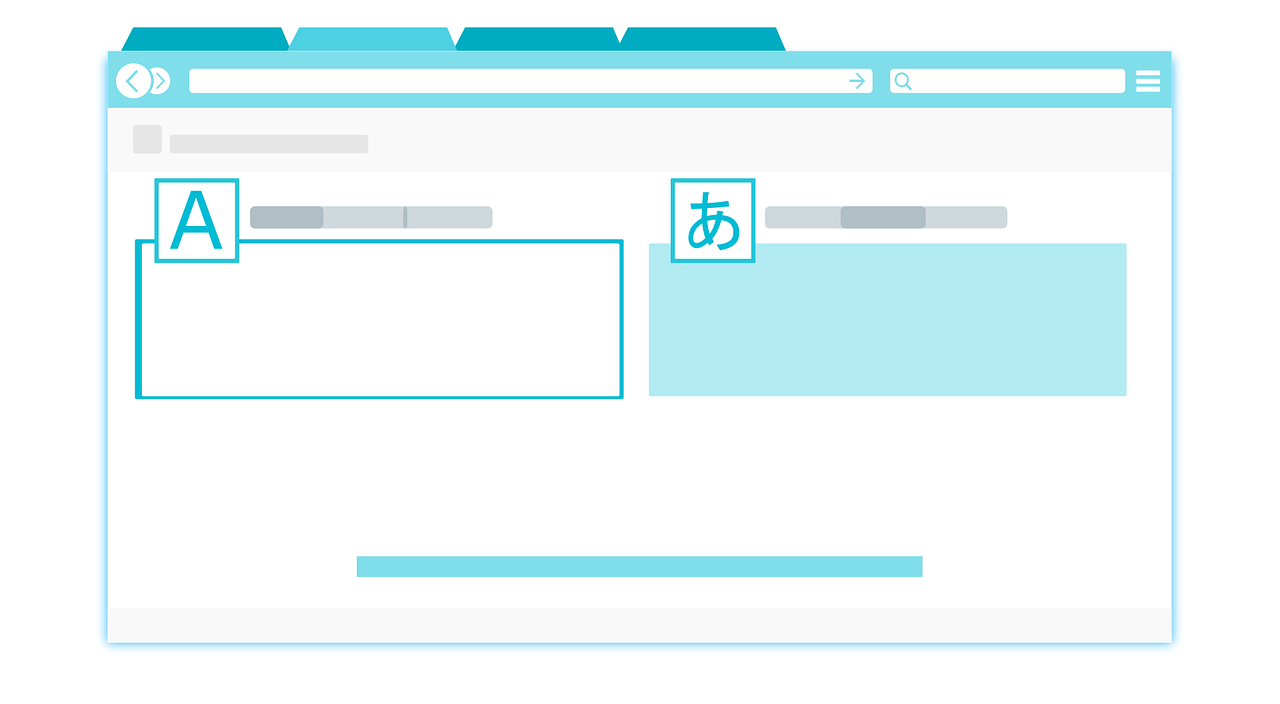IB Mathematics is a challenging and comprehensive program that is designed to prepare students for further studies in mathematics and related fields. The program is divided into two levels, Mathematics Standard Level (SL) and Mathematics Higher Level (HL), and covers a range of topics in pure mathematics, statistics, and calculus.
The Mathematics SL course includes topics such as algebra, geometry, trigonometry, and probability. The Mathematics HL course includes these topics as well as more advanced topics such as calculus, differential equations, and complex numbers.
IB Mathematics: A Pathway To Student Enlightenment
In addition to learning mathematical concepts and procedures, students in the IB Mathematics program are also expected to develop their critical thinking, problem-solving, and communication skills. They are required to engage in inquiry-based learning, which involves investigating and exploring mathematical problems and concepts independently.
Assessment in IB Mathematics includes both internal and external assessments. Internal assessments are completed by students throughout the course and include tasks such as investigations and explorations.
External assessments include written examinations that are administered at the end of the course. IB Mathematics provides students with a rigorous and comprehensive education in mathematics that prepares them for further studies and careers in mathematics, science, engineering, economics, and other related fields.
Tips To Efficiently Take Notes In IB Mathematics
Note-taking is an essential part of IB Mathematics as it helps students to organize and remember key concepts, procedures, and examples. Here are some tips on effective note-taking in IB Mathematics:
Use headings and subheadings:
Use headings and subheadings to organize your notes by topic or subtopic. This will make it easier to review your notes and find specific information later. One of the biggest perks of using headings as well as subheadings is that they help differentiate one point from another.
Write down key definitions and formulas:
Write down important definitions and formulas as they are introduced in class. Make sure to label them clearly and highlight them for easy reference. Pointing out major formulas help you go through important discussions when you are running out of time.
Include examples:
Include examples and worked-out problems in your notes. This will help you understand how to apply concepts and procedures in practice. Remember how our answers would get specific and more focused when we included real-life examples? That’s the case here, too.
Construct diagrams and graphs:
Draw diagrams and graphs to illustrate mathematical concepts and relationships. This math enrichment process can help you visualize the material and remember it better. You might also try including some relevant tables and charts to bring out the best of your study notes.
Utilize symbols and abbreviations:
Use symbols and abbreviations to save time and space in your notes. For example, use “sin” for sine and “cos” for cosine. Simultaneously, don’t forget to learn the meanings of these symbols. Otherwise, you would not be able to figure out what it stands for.
Review and summarize:
After class, review your notes and summarize the key points. This will help you reinforce your understanding of the material and identify any areas that you need to focus on. Done taking down the notes? Make sure to leisurely stroll your eyes once throughout the summary.
Organize your notes:
Keep your notes in a well-organized binder or notebook. This will make it easier to find and review your notes when studying for exams or completing assignments. Even if you are in a hurry, you can access your notes easily by following this tip.
Note-Taking And Its Associated Benefits
Effective note-taking can help students to better understand and remember IB Mathematics concepts and procedures. By using headings and subheadings, writing down key definitions and formulas, including examples, drawing diagrams and graphs, using symbols and abbreviations, reviewing and summarizing, and keeping your notes organized, you can become a more successful IB Mathematics student.
Note-taking is an important part of studying for IB Math, and it can be a valuable tool for helping students to pass the course. Here are some ways that note-taking can help students to succeed in IB Math:
Organization:
Note-taking can help students to organize their thoughts and ideas about a particular topic, making it easier to study and review the material later on.
Active learning:
Taking notes requires students to engage with the material actively, which can help them to better understand the concepts and retain the information more effectively.
Reviewing:
Notes can serve as a useful resource for reviewing material covered in class or in readings. By reviewing their notes regularly, students can reinforce their understanding of the material and identify any areas where they need additional help.
Test preparation:
Notes can also be a helpful resource for test preparation. By reviewing their notes before a test, students can refresh their memory of the material and feel more confident about their ability to perform well on the exam.
Personalized learning:
Note-taking allows students to create their own personalized study guides that reflect their individual learning needs and preferences.
The Bottom Line
In summary, note-taking can be a powerful tool for helping students to pass IB Math. By promoting organization, active learning, review, test preparation, and personalized learning, note-taking can help students to better understand and retain the material, ultimately leading to greater success in the course.
When students are passionate about taking notes, they are more likely to be engaged and attentive in class, which can lead to better understanding and retention of the material. Passionate note-takers also tend to take more detailed and organized notes, which can help them to better review and remember the material later on.
Furthermore, having a passion for note-taking can also inspire students to explore the material more deeply and to take ownership of their learning. This can lead to more active and self-directed learning, which is an important skill for success in IB Math.
Ultimately, having a passion for note-taking can help students to achieve greater success in IB Math by fostering a love of learning, promoting engagement and attentiveness in class, facilitating better understanding and retention of the material, and encouraging active and self-directed learning.






















